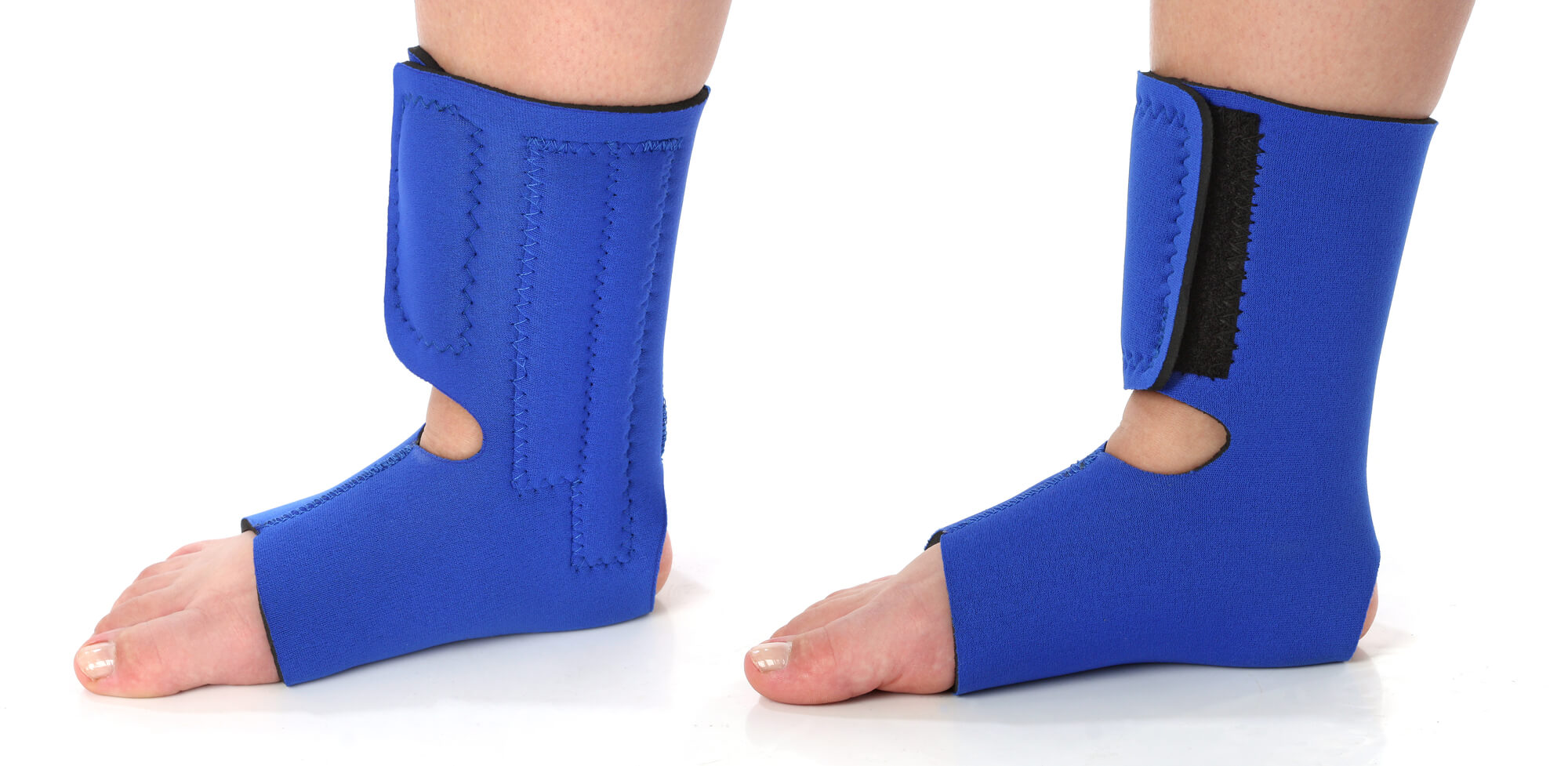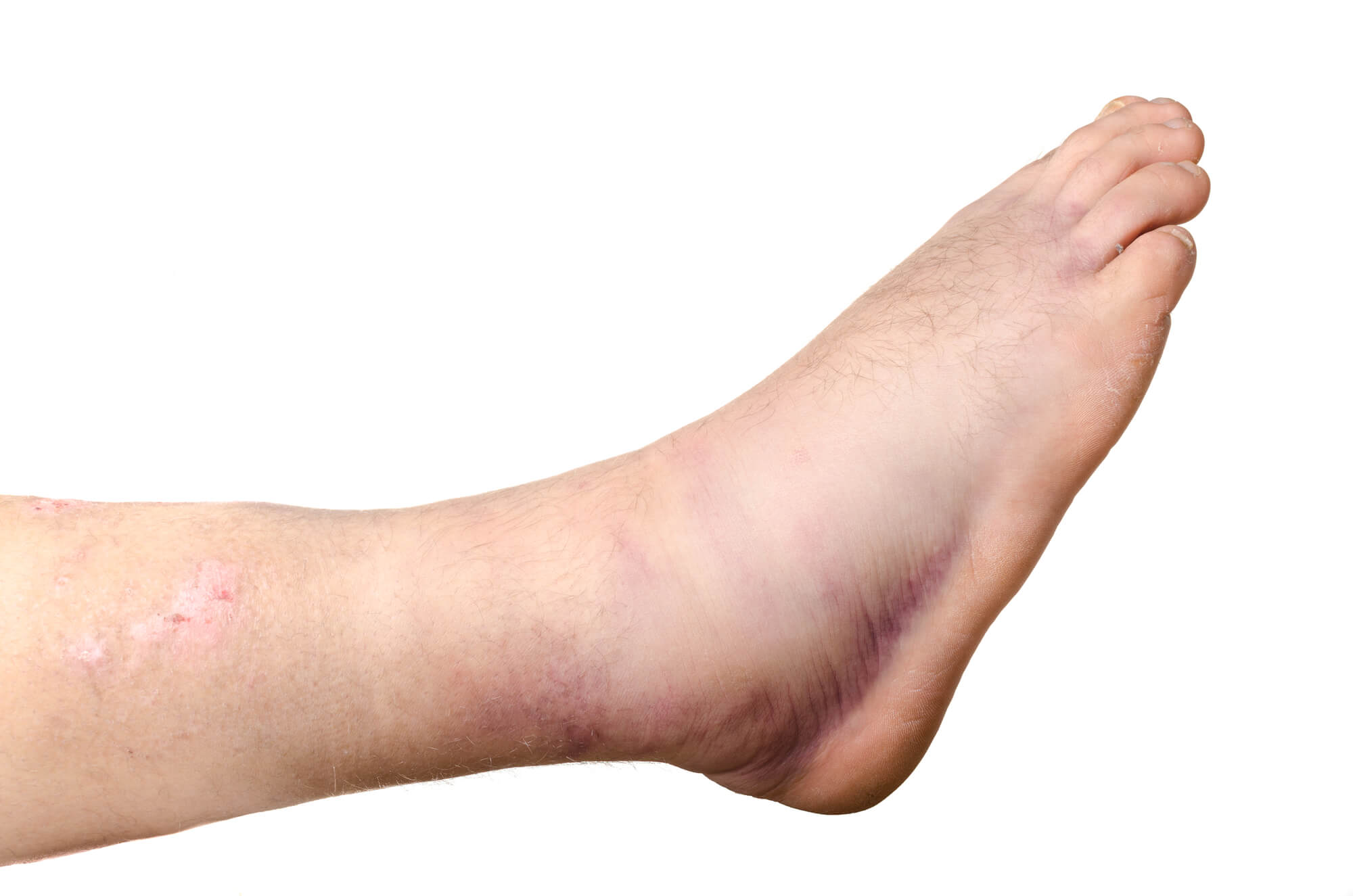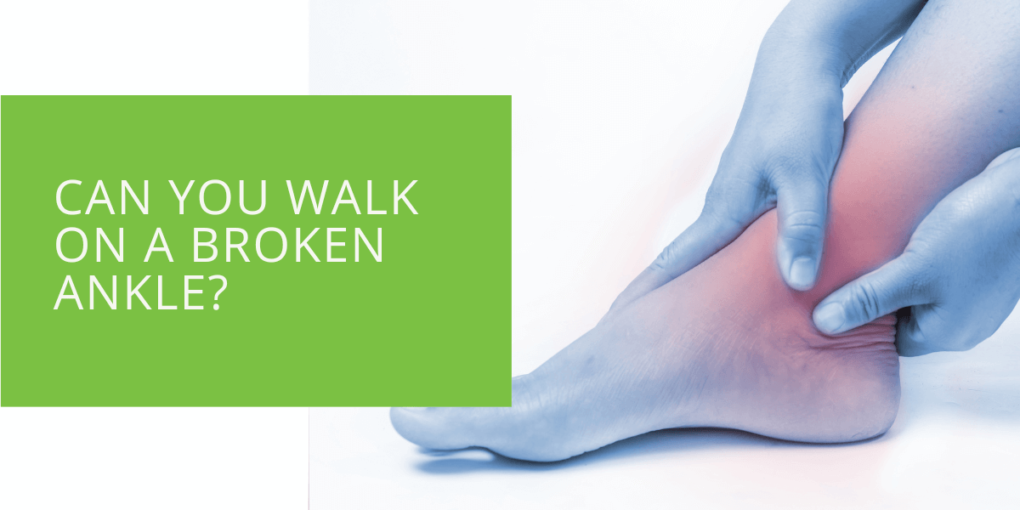Can You Walk on a Broken Ankle?
A broken ankle can be a painful and uncomfortable injury that can take weeks or even months to heal. A broken ankle requires prompt medical attention and proper treatment to ensure proper healing and prevent long-term complications, whether it's due to a sports injury or an accident. One of the most common questions people have regarding a broken ankle is whether they can walk on it or not. In this article, we will discuss whether you can walk on a broken ankle, the symptoms associated with this injury, and the treatment options available to help you heal and prevent future ankle injuries. We will also provide tips on preventing a broken ankle and what to do if you suspect you have this type of injury. Whether you've experienced a broken ankle before or want to learn more about this injury, this article will provide the information you need to manage and treat your injury effectively.
Can You Walk on a Broken Ankle?
Walking on a broken ankle is not recommended as it can cause further damage to the ankle joint and slow the healing process. In some cases, a broken bone in the ankle may heal improperly, resulting in long-term problems such as arthritis.
Giving your ankle time to heal properly is important to avoid these complications. Your podiatrist will be able to advise you on when it's safe to start walking again and how to increase your activity level gradually.
Sometimes, a podiatrist may recommend using a weight-bearing cast or walking boot to help support your ankle while it's healing. These devices can help you walk on your ankle while preventing further injury.

Symptoms of a Broken Ankle
A broken ankle occurs when one or more bones in the ankle joint are fractured. The ankle joint comprises three bones: the tibia, fibula, and talus. The malleolus is the bony protrusion on either side of the ankle that helps hold the joint together. A broken ankle can result from a high-impact injury, such as a fall or a car accident, or a low-impact injury, such as twisting or rolling the ankle.
The symptoms associated with a broken ankle can vary depending on the severity of the injury. Some common symptoms include:
- Pain and swelling around the ankle joint
- Bruising or discoloration
- Numbness or tingling in the foot or ankle
- Difficulty putting weight on your ankle
- Deformity in the ankle bone
- Limited range of motion
It's important to seek medical attention from a podiatrist if you experience these symptoms. An X-ray can confirm whether there is a fracture or if it's likely a sprain.

Treatment of a Broken Ankle
A broken ankle requires prompt medical attention to ensure proper healing and prevent long-term problems like arthritis. In this section, we will discuss the treatment options available for a broken ankle.
Immediate First Aid
If you suspect you have a broken ankle, seeking medical attention from a podiatrist as soon as possible is important. However, there are some immediate first-aid steps you can take while waiting for medical attention:
- Rest your ankle and avoid putting weight on it.
- Apply ice to the injured area for 20 minutes, 4-5 times daily, to help reduce pain and swelling.
- Elevate your foot above the level of your heart to help reduce swelling.
- Take over-the-counter pain relief medication such as ibuprofen to help with the pain.
Advanced Treatment Options
The treatment options for a broken ankle depend on the severity of the injury. Sometimes, a broken ankle can be treated with conservative methods such as casting or immobilization. In more severe cases, surgery may be required to realign the bones in the ankle joint.
Other advanced treatment options include physical therapy to restore the ankle joint's range of motion and strength. If you need to bear weight on your ankle while healing, a podiatrist may recommend crutches or a walker to help with mobility.

Prevention of an Ankle Fracture
While accidents can happen, there are several measures you can take to reduce the risk of ankle injuries. Here are some tips to prevent ankle injuries:
- Wear appropriate footwear that provides support and stability.
- Practice balance exercises to improve your ankle stability.
- Strengthen your ankle muscles to prevent ankle sprains and fractures.
- Use caution when walking on uneven surfaces, stairs, and physical activities.
- Be mindful of your surroundings and avoid risky behaviors.
Conclusion
A broken ankle is a serious injury that requires prompt medical attention and proper treatment to ensure proper healing and avoid long-term complications. It's important to understand the symptoms associated with a broken ankle and avoid putting weight on your ankle until it's healed. Your podiatrist can provide treatment options and advice on caring for your ankle while healing.
Remember to take preventive measures to reduce the risk of ankle injuries, such as wearing appropriate footwear, practicing balance and strengthening exercises, and using caution when engaging in physical activities. By following these measures and seeking prompt medical attention when needed, you can help prevent ankle injuries and ensure proper healing if an injury does occur.

